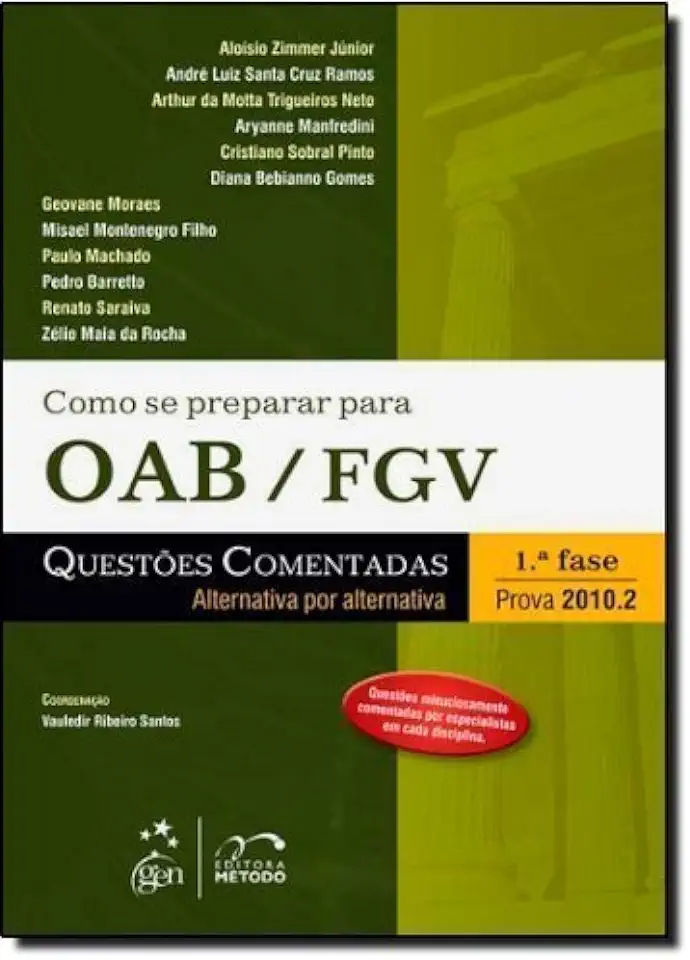
Initiation to Plastic Arts in Brazil - Duílio Battistoni Filho
Initiation to Plastic Arts in Brazil: A Comprehensive Guide to the History, Techniques, and Major Figures of Brazilian Art
Introduction
Brazil is a country with a rich and diverse artistic heritage, and its plastic arts tradition is no exception. From the earliest indigenous rock paintings to the contemporary works of internationally renowned artists, Brazilian art has always reflected the country's unique history, culture, and identity.
A Brief History of Brazilian Plastic Arts
The history of Brazilian plastic arts can be divided into several distinct periods, each with its own characteristic styles and movements.
The Colonial Period (1500-1822)
During the colonial period, Brazilian art was heavily influenced by European styles, particularly those of Portugal and Italy. Religious art was the most common form of artistic expression, and many churches and monasteries were adorned with beautiful paintings, sculptures, and wood carvings.
The Imperial Period (1822-1889)
The imperial period saw the emergence of a more distinctly Brazilian style of art. Artists began to incorporate elements of indigenous and African culture into their work, and there was a growing interest in depicting Brazilian landscapes and history.
The Modern Period (1889-1960)
The modern period was a time of great experimentation and innovation in Brazilian art. Artists began to break away from traditional European styles and explore new forms of expression, such as abstraction, surrealism, and expressionism.
The Contemporary Period (1960-Present)
The contemporary period has seen the continued development of Brazilian art in all its forms. Artists have continued to experiment with new techniques and styles, and there has been a growing interest in social and political issues.
Major Techniques and Materials
Brazilian artists have used a wide variety of techniques and materials to create their works of art. Some of the most common techniques include:
- Painting: Oil painting, acrylic painting, watercolor painting, and fresco painting are all popular techniques in Brazilian art.
- Sculpture: Stone carving, wood carving, metalworking, and ceramics are all common materials used by Brazilian sculptors.
- Printmaking: Woodcut, engraving, etching, and lithography are all popular printmaking techniques used by Brazilian artists.
- Drawing: Pencil drawing, charcoal drawing, and ink drawing are all common drawing techniques used by Brazilian artists.
Major Figures of Brazilian Plastic Arts
Brazil has produced a number of world-renowned plastic artists, including:
- Candido Portinari: Portinari is considered one of the greatest Brazilian artists of all time. His work is characterized by its strong social and political messages, and he is best known for his paintings of the Brazilian people and their struggles.
- Tarsila do Amaral: Amaral was a pioneering artist who helped to establish the modernist movement in Brazil. Her work is characterized by its bold colors and geometric shapes, and she is best known for her paintings of Brazilian landscapes and everyday life.
- Helio Oiticica: Oiticica was a groundbreaking artist who experimented with a variety of media, including painting, sculpture, performance art, and installation art. His work is characterized by its interactive nature, and he is best known for his "penetrables," which are large-scale sculptures that viewers can walk through.
- Lygia Clark: Clark was a pioneering artist who experimented with a variety of media, including painting, sculpture, and performance art. Her work is characterized by its focus on the body and its relationship to space, and she is best known for her "bichos," which are small, abstract sculptures that viewers can manipulate.
Conclusion
Brazilian plastic arts is a rich and diverse tradition that has produced some of the world's most renowned artists. From the earliest indigenous rock paintings to the contemporary works of internationally renowned artists, Brazilian art has always reflected the country's unique history, culture, and identity.
If you are interested in learning more about Brazilian plastic arts, I highly recommend reading "Initiation to Plastic Arts in Brazil" by Duílio Battistoni Filho. This comprehensive guide provides a detailed overview of the history, techniques, and major figures of Brazilian art. It is a must-read for anyone who wants to gain a deeper understanding of this vibrant and fascinating art tradition.